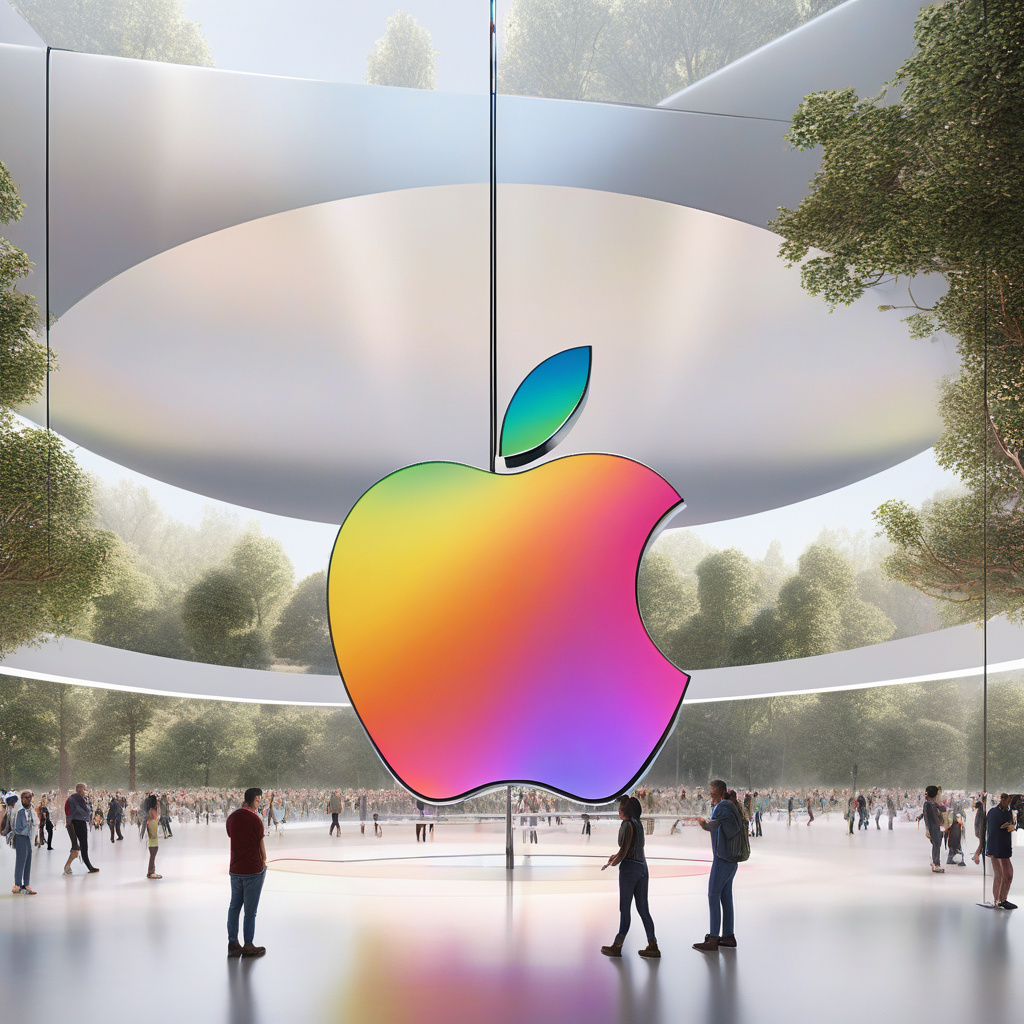Apple’s recent announcement at the Worldwide Developers Conference (WWDC 25) has stirred excitement among technology enthusiasts and software developers alike. While the iPhone may not be receiving a significant AI upgrade, Apple is making waves with a visually stunning redesign of its operating systems. The introduction of Liquid Glass marks a significant shift in Apple’s design philosophy, offering users a fresh and immersive experience across all their devices.
The concept of Liquid Glass brings a new level of sophistication to Apple’s operating systems. With shiny, reflective, and transparent visual interface elements, users can expect a seamless and elegant interaction with their devices. This redesign goes beyond aesthetics; it reflects Apple’s commitment to creating user-centric designs that enhance usability and overall user experience.
Imagine tapping on your device and seeing light dance across the screen, creating a sense of depth and dimensionality. This is the magic of Liquid Glass—an interface that not only looks beautiful but also responds intuitively to user input. It’s a design language that transcends traditional boundaries, blurring the line between the physical and digital worlds.
One of the key advantages of Liquid Glass is its ability to adapt to different contexts and environments. Whether you’re using your device indoors or outdoors, in bright sunlight or dimly lit rooms, the interface remains crisp and legible. This level of versatility ensures that users can stay productive and engaged no matter where they are.
Moreover, the introduction of Liquid Glass underscores Apple’s relentless pursuit of innovation and excellence. By pushing the boundaries of design and technology, Apple sets a new standard for user interface aesthetics. This commitment to quality is what sets Apple apart in the competitive landscape of technology companies.
As software developers, it’s essential to stay abreast of these design trends and innovations. Understanding the principles behind Liquid Glass can inspire you to create more engaging and visually appealing user interfaces for your own applications. By studying Apple’s approach to design, you can glean valuable insights that can elevate your work and captivate your users.
In conclusion, Apple’s embrace of Liquid Glass represents a bold step forward in the evolution of user interface design. The marriage of form and function in this redesign sets a new benchmark for aesthetic excellence in operating systems. As technology continues to advance, it’s innovations like Liquid Glass that remind us of the boundless possibilities that lie ahead in the world of software development.

